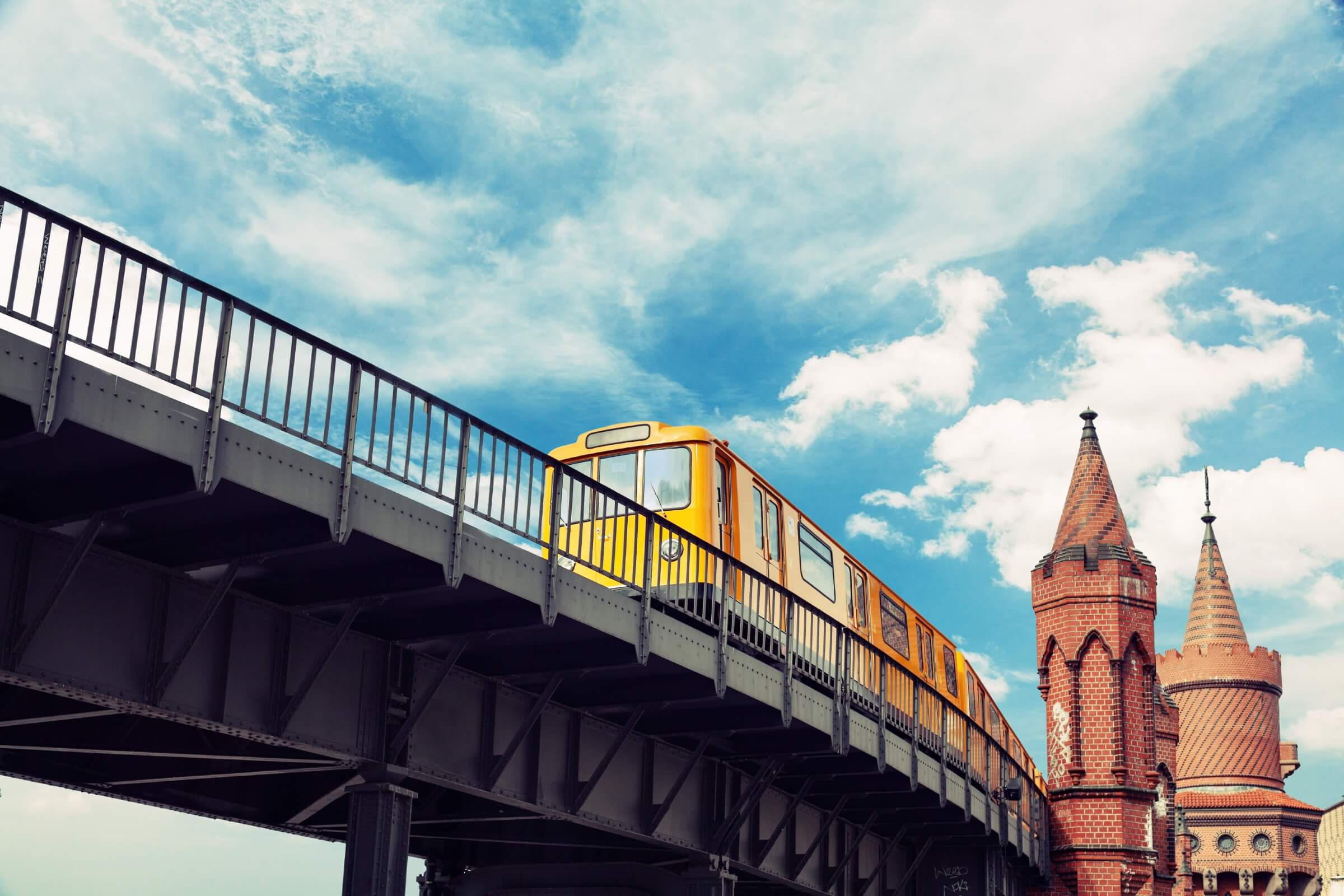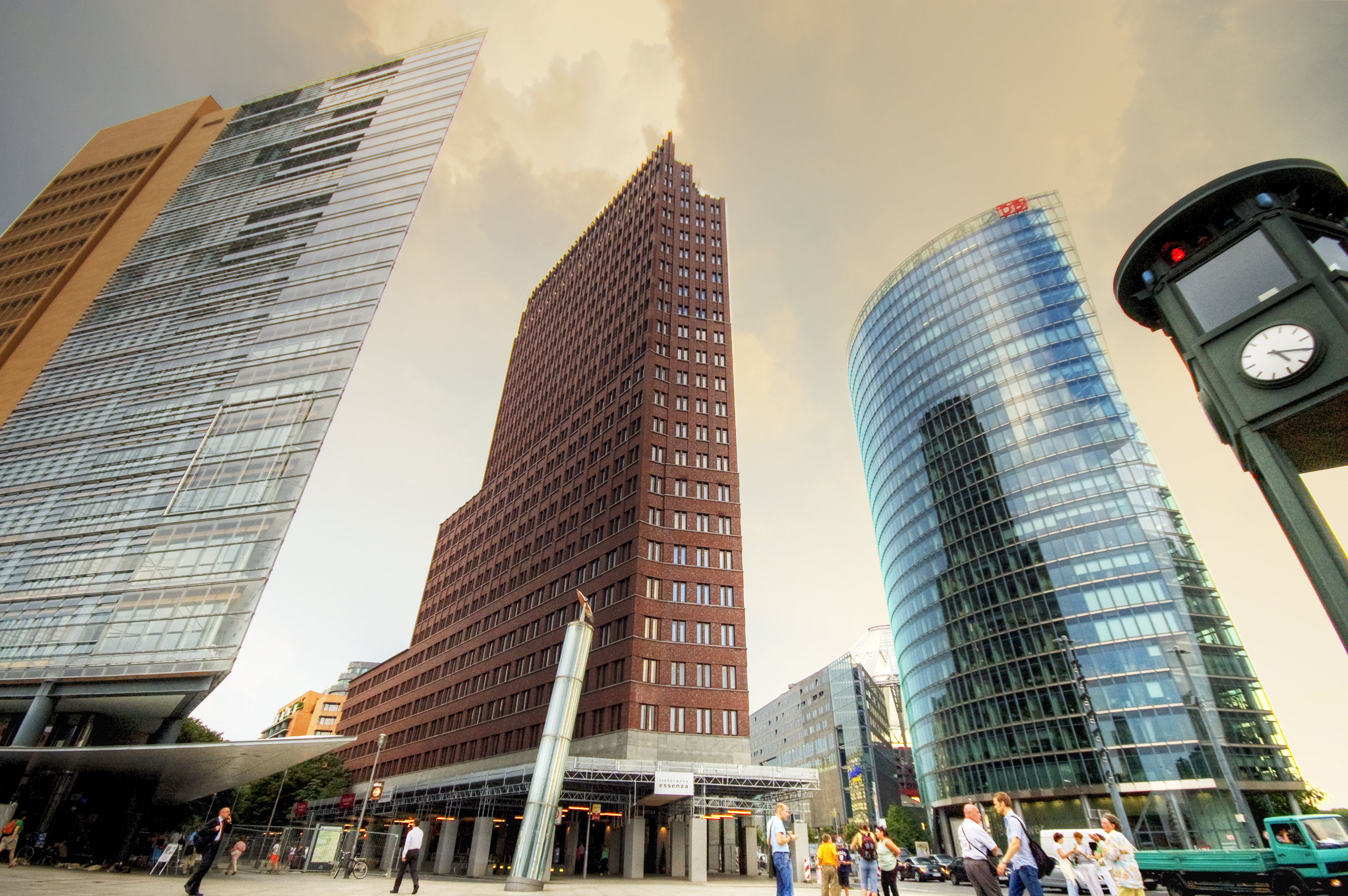We have already mentioned that the German economic model is the best in the world, with its combination of social sensitivity and free enterprise. This model could be the perfect fit for Serbia which is, contrary to other, more socially liberal countries, deeply egalitarian and depends on strong sense of collectivity.

This could be one of the reasons why Germany has been insisting on developing small and medium enterprises (SMEs) everywhere, since the Germans know that the family based busines has emotions too. Germans, business and emotions?! Well, stranger things have happened!
THE BEGINNING – CREATING AN ENVIRONMENT
Let’s start from square one! During Milošević’s era, Serbia was quite poor, and foreign investments were few and far between. Since its start, in the year 2000, the cooperation between Germany and Serbia has been gradually changing. Whereas, after the wars in the region, the main emphasis was initially on emergency aid measures, the cooperation is now more focused on long-term stabilisation and efforts to prepare Serbia for the EU integration. Donor coordination through the Regional Cooperation Council (RCC) for South-Eastern Europe has played an important role here. The purpose of the RCC is to encourage regional development, among other things by enhancing regional ownership and by fostering European integration.
In November 2014, the Serbian and German government held negotiations following which Germany allocated up to 157 million EUR in new funding. Germany’s engagement is complemented by youth assistance programmes, including student exchange. Serbia also receives funding from Germany via regional funds which are used to finance cross-border projects. They are also used to finance projects in the Western Balkans which goal is, for example, promoting external trade and improving energy efficiency. Considering the high youth unemployment rate (over 50%), the Zoran Djindjić Internship Programme of German Business is one of the programmes that is oustandingly important.
SME, SME!
Small and medium enterprises (SMEs) play an important role in job creation. Through KfW Development Bank, the BMZ and other donors have set up the European Fund for Southeast Europe, which is active in the entire region. The purpose of the Fund is to make small and micro loans at preferential rates available to SMEs through local partner institutions.
Furthermore, the Green for Growth Fund Southeast Europe is being used to provide targeted support to SMEs as they invest in energy efficiency and renewable energy. An important component of the programme is the development of training opportunities for young Serbs in order to prepare them for work. The BMZ supports the development of new and existing worker profiles and invests effort into improving the learning environment in existing vocational training institutions. Through the establishment of the Danube Competence Centre, Germany is also supporting the cross-border promotion of tourism and business in the region.

PRIVATE CAPITAL
Since we have mainly been focusing on private ventures from the past two years and have covered the gap in the analysis, let’s now talk about more visible things. Germany has been and remains one of the leading partners of Serbia in all sectors of the economy. Since 2011, Germany has been Serbia’s most important external trade partner in the European Union and one of the leading partners in the area of free zone transport, the transfer of high technologies, education of Serbian experts, donations and humanitarian aid. After a short break, Germany was crowned as Serbia’s most important trade partner again in 2016. It should be noted that the leading trade partners are the companies operating in Serbia, like Siemens, Robert Bosch and Leoni. We are now eagerly waiting to see when and where BMW will open its new factory. Don’t underestimate President Vućić’s pro-German business orientation! We expect a lot more to come. Nineteen years after that last war, the German tourists find Serbia attractive again, especially for Donauradweg (cycling), nature and city breaks.